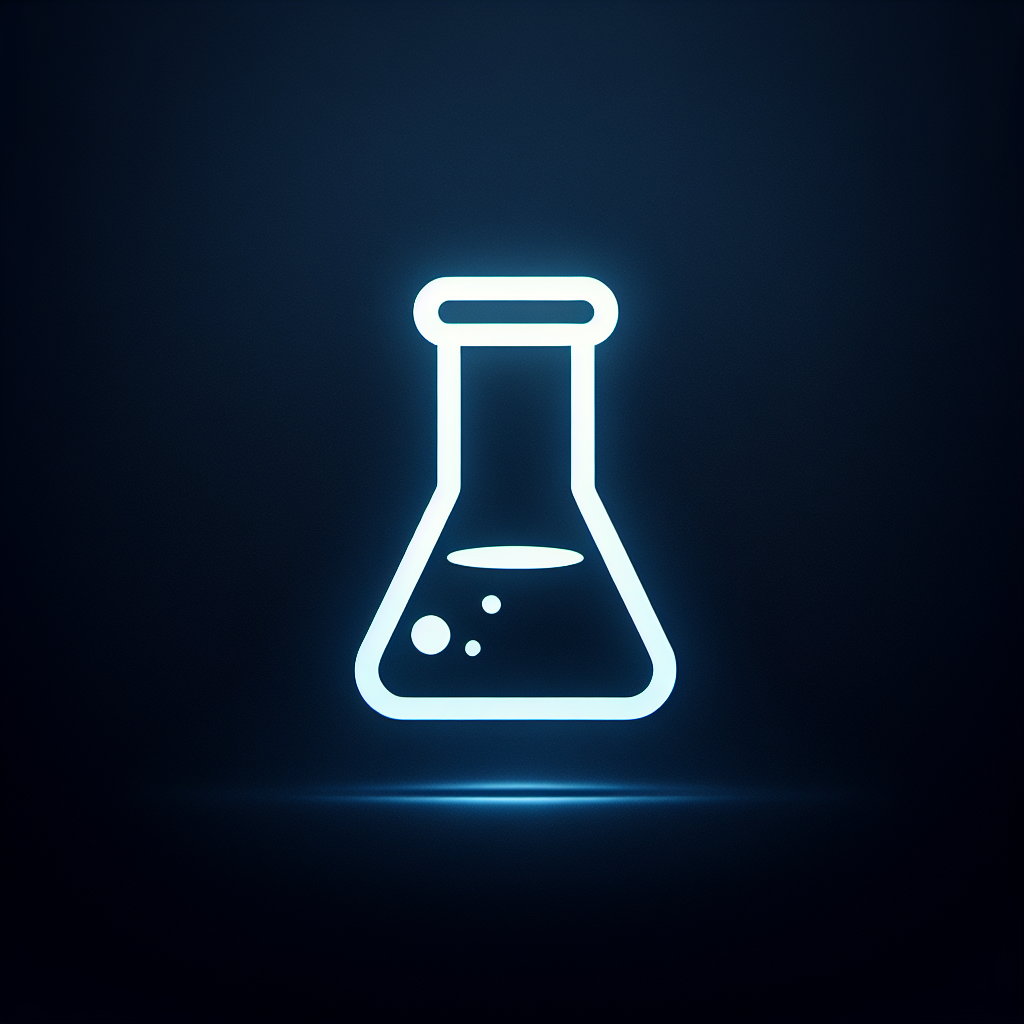Chemical Engineering Laboratory Simulator
Project Overview
The Chemical Engineering Laboratory Simulator is an interactive educational platform designed to provide hands-on virtual laboratory experience for chemical engineering students. This simulator enables students to perform complex experiments, analyze data, and master laboratory techniques in a safe, accessible, and cost-effective virtual environment.
Developed with a focus on pedagogical effectiveness, the simulator incorporates real-world chemical engineering principles and laboratory protocols, allowing students to gain practical experience without the constraints of physical laboratory access, material costs, or safety concerns.
